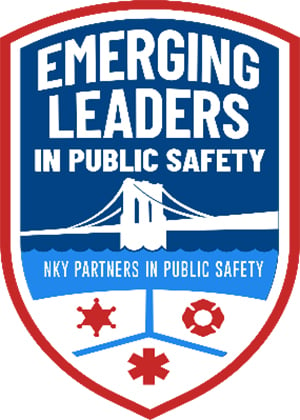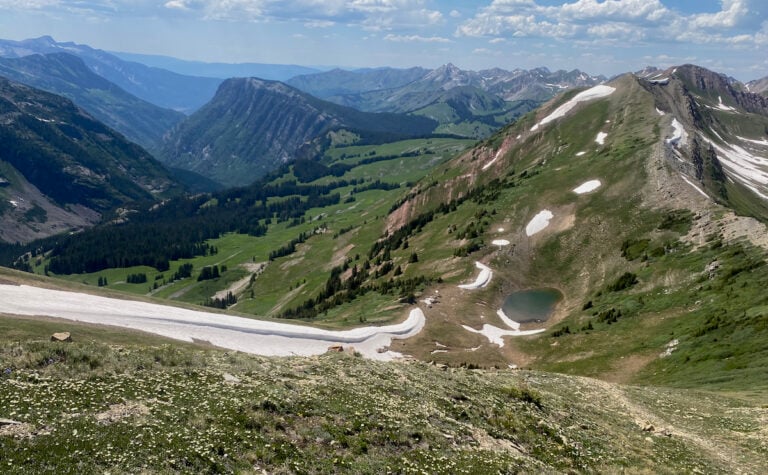With the 2025-26 school year getting under way and students returning to campuses and classrooms, transportation will undoubtedly be impacted. Back-to-school transportation affects not only students and parents, but also other motorists, bicyclists and pedestrians using the roads.
“This time of year is particularly dangerous. Young, inexperienced drivers heading to high school, school buses, commuters, parents doing drop-offs, and pedestrians and bicyclists are all sharing the road,” said Lori Weaver Hawkins, public affairs manager for AAA Blue Grass. “While traffic patterns may change, the responsibility for keeping students safe does not. It’s important that all drivers, as well as students, remain alert and follow basic precautions for a safe return back to school.”
All drivers are advised to be mindful of changes in traffic in and around school zones.
School bus safety tips

School bus safety should be a top priority, with students, parents, teachers, administrators, transportation personnel and the motoring public all playing important roles in keeping children safe while on or around a school bus.
Weaver Hawkins says too often, motorists are in a hurry or driving distracted and drive around a school bus, despite the bus displaying a stop arm and flashing lights.
“These drivers don’t see it as a problem. But motorists need to follow the rules of the road, and that includes stopping for school buses. School bus stopping laws are in place to protect our children going to and from school. Ignoring them puts children in danger and could end in tragedy,” Weaver Hawkins adds.
AAA reminds that Kentucky law requires motorists from either direction to stop when a school bus is stopped along a roadway, picking up or letting off passengers, with the stop arm and signal lights activated. Drivers should not proceed again until the bus is back in motion. Not stopping for a school bus with flashers on and stop arm extended in Kentucky can result in fines of up to $200 and up to 60 days in jail for the first offense. The exception is when a motorist is on the opposite side of a divided highway.
According to the National Highway Traffic Safety Administration (NHTSA), all 50 states have a law that makes it illegal to pass a school bus with its red flashing lights on and its stop-arm extended.
Tips as the new school year gets under way:
• Always stop for school buses – Flashing yellow lights on a school bus indicate it is preparing to stop to load or unload children and motorists should slow down and prepare to stop as well. Red flashing lights and extended stop arm indicate the bus has stopped and children are getting on or off. Motorists are required to stop their vehicles and wait until the red lights stop flashing, the extended stop arm is withdrawn and the bus begins moving before they can start driving again.
• Obey traffic signs and signals – Unfortunately, many motorists violate stop signs in school zones and residential neighborhoods, with many failing to come to a complete stop, rolling through a stop sign or not slowing down at all. Motorists are also running red stoplights, putting pedestrians and other motorists at risk.
• Keep track of time – Be aware of the time of day you’re on the road and how that coincides with the school day. Not surprisingly, more school-age pedestrians are killed from 7 to 8 a.m. and from 3 to 4 p.m. than any other hours of the day.
• Slow down – Whether in a school zone or residential neighborhood, drivers should keep their speed low and be prepared to stop quickly for increased vehicle or pedestrian traffic.
• Come to a complete stop – Always come to a complete stop, checking carefully for children on sidewalks and in crosswalks before proceeding.
• Eliminate distractions – Research shows that taking your eyes off the road for just two seconds doubles your chances of crashing. Children can be quick, crossing the road unexpectedly or emerging suddenly between two parked cars. Reduce risk by not using your cell phone while driving.
Drop-off/pick-up safety tips

With many parents dropping off and picking up their children at school, motorists can expect increased traffic congestion near schools. With cars entering and leaving parking lots and lining the streets, motorists are reminded that extra caution and reduced speeds are necessary in school zones. The start of the school year can be particularly dangerous, with new routines for parents and children.
Reminders for parents intending to drive their children to school:
• Follow school drop-off and pick-up procedures, and be mindful that these may have changed from the previous year.
• Don’t double park. It blocks visibility for other children and vehicles.
• Don’t load or unload children across the street from the school.
• Have children exit the vehicle on the “curb side” every time (so they aren’t opening the car door into an oncoming traffic lane or crossing around the front/back of car to get to curb).
• Slow down, eliminate distractions and watch for children.
Pedestrian safety tips
Red-light running has continued to plague the commonwealth and the nation. Considered an aggressive driving behavior, red-light running is often accompanied by another bad driving behavior―speeding.
“Over 1,000 people are killed across the country every year due to someone running a red light. All those deaths were preventable. Motorists should not be driving distracted nor put their own desires to be on their way ahead of the safety of other motorists, vehicle passengers and pedestrians, including school children and parents,” warns Weaver Hawkins.
Even children not walking the entire route to school are often walking to a school bus stop.
Reminders for students as the school year gets under way:
• Cross only at corners so drivers can see you. Never cross between parked cars or mid-block.
• Use a crosswalk when it’s available. Don’t assume that because you can see the driver, the driver can see you. Always use caution when crossing.
• Look all ways before crossing. Look and listen for cars, pedestrians and bicyclists.
• Once you have confirmed traffic has stopped, cross when the light indicates it is safe to cross without further hesitation so you have time to cross safely.
• Use the crosswalk push-button signal when possible and cross when the signal allows.
• Watch for cars that are turning left or right when crossing.
• Walk on a sidewalk when it is provided. If you must walk in the street, walk facing traffic on the left side of the road and as far to the left as possible.
• Make it easy for drivers to see you. Dress in light colors, wear reflective material or use a flashlight.
• Remove headphones and don’t use cell phones or electronic devices when crossing the street.
• Watch for white lights on the rear of vehicles, signaling backing up in driveways or parking lots.
• Avoid walking alone. Walk with a friend.
Bicycle safety tips:

For some children, the new school year may mark the first time they are allowed to ride their bike to school. But even older children can benefit from refreshers on following traffic laws and taking safe paths to school.
“Distracted drivers, red light runners and motorists with other bad driving behaviors continue to pose a threat to other road users, including children riding their bicycles to school,” says Weaver Hawkins. “Whether this is the first year for your child to ride their bike to school or they’ve been doing so for several years, all children can benefit from a refresher this time of year on the rules of the road and how to stay safe.”
Tips for children riding their bicycles to school:
• Make sure your child has the skills to ride a bike safely, such as riding in a straight line and signaling to vehicles when turning.
• Choose the safest route to bike to school, one with less traffic and slower speeds. Use bike paths if they are available.
• Make sure your cyclists understand traffic safety rules, such as riding in the same direction as traffic and stopping at all stop signs and signals.
• Explain the importance of wearing a bike helmet to your child. They’re critical to minimizing injury in case of a crash. According to the Insurance Institute of Highway Safety, wearing a helmet can reduce the odds of head injury by half.
• Ride focused and alert. Never use earbuds or electronics while riding.
“No matter the plan, no matter the mode of transportation, everyone needs to remain vigilant – put down the phone, look up, and pay attention to help students get to and from school safely,” says Weaver Hawkins.
AAA Blue Grass





















